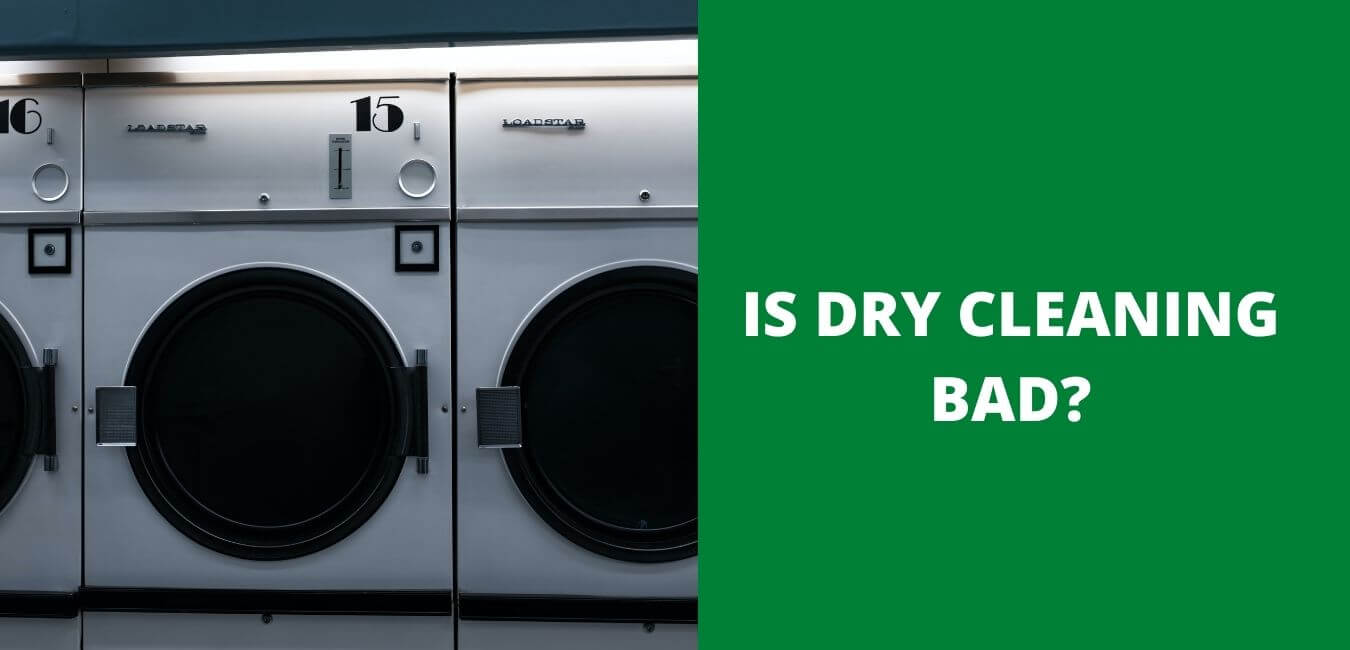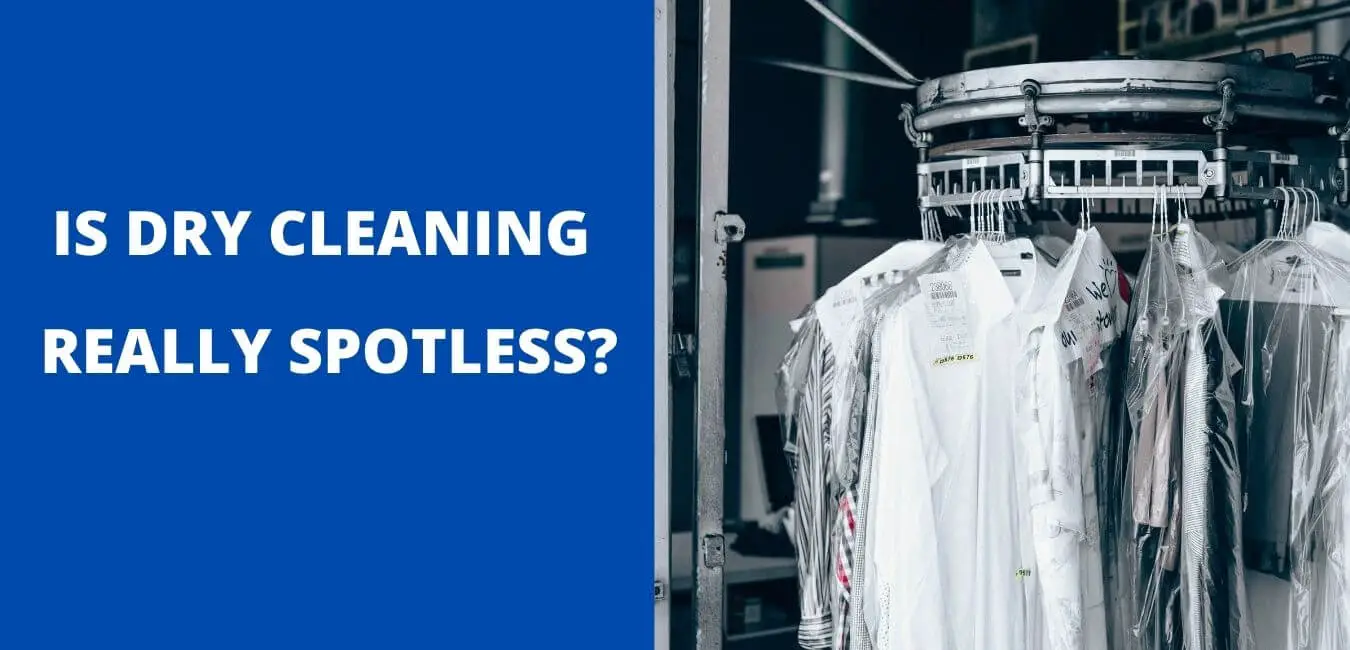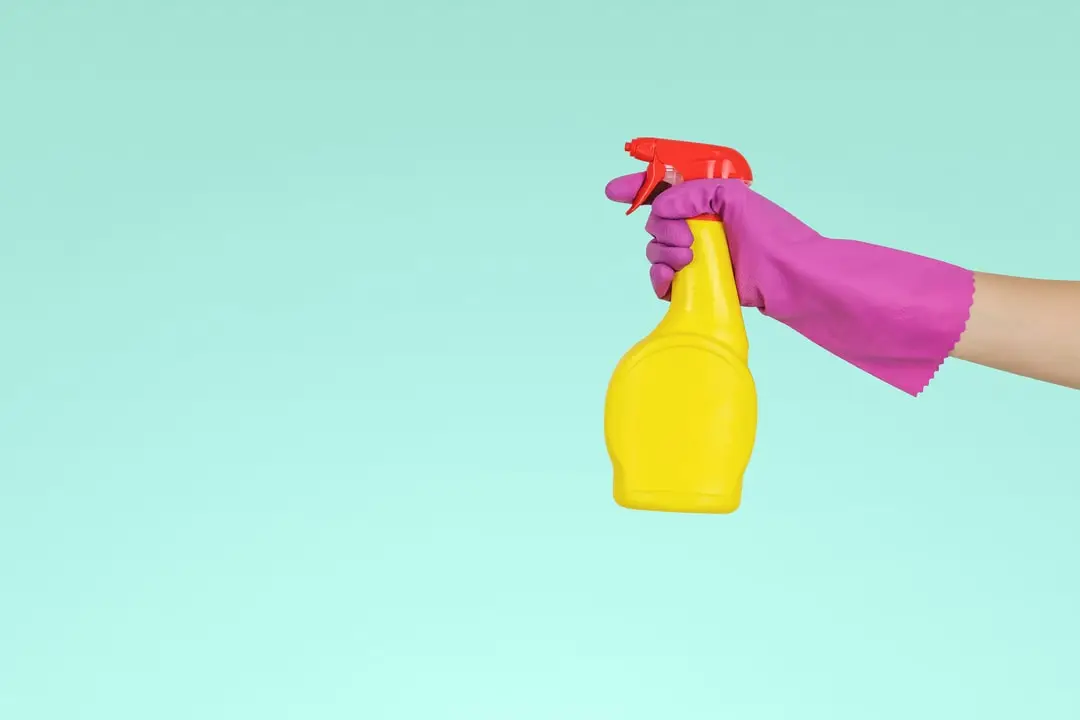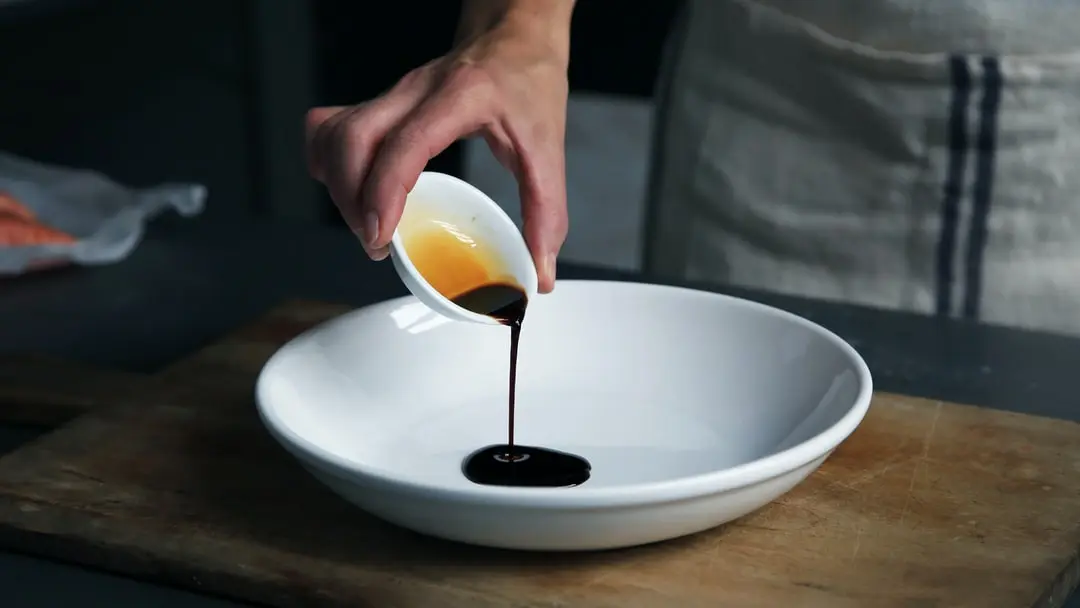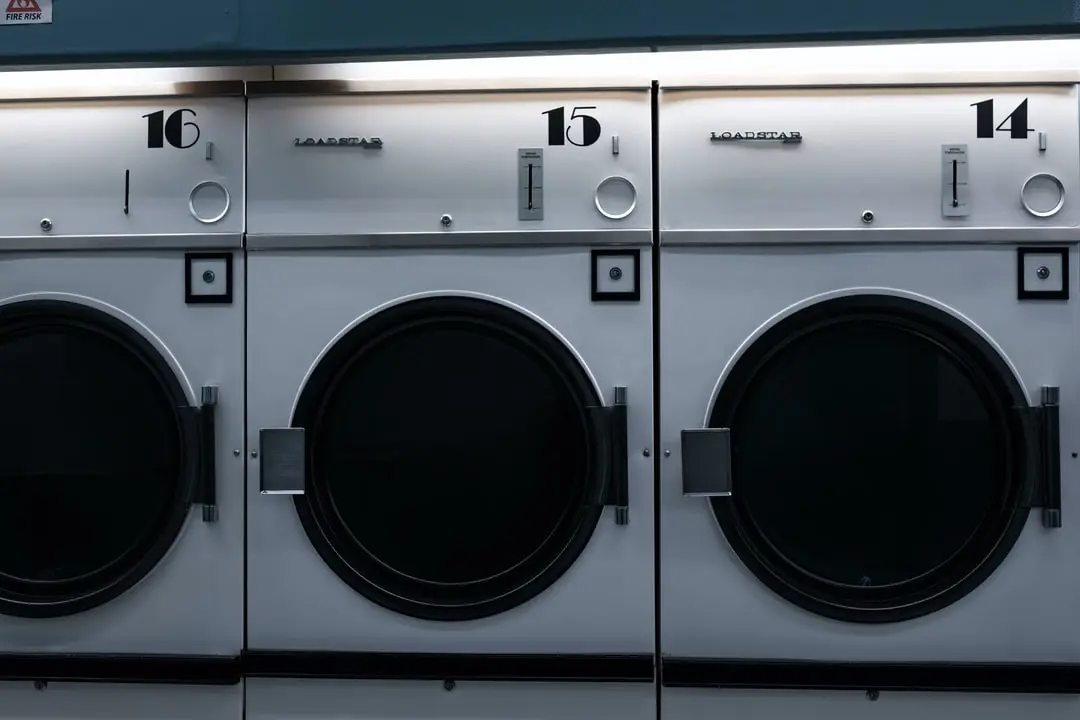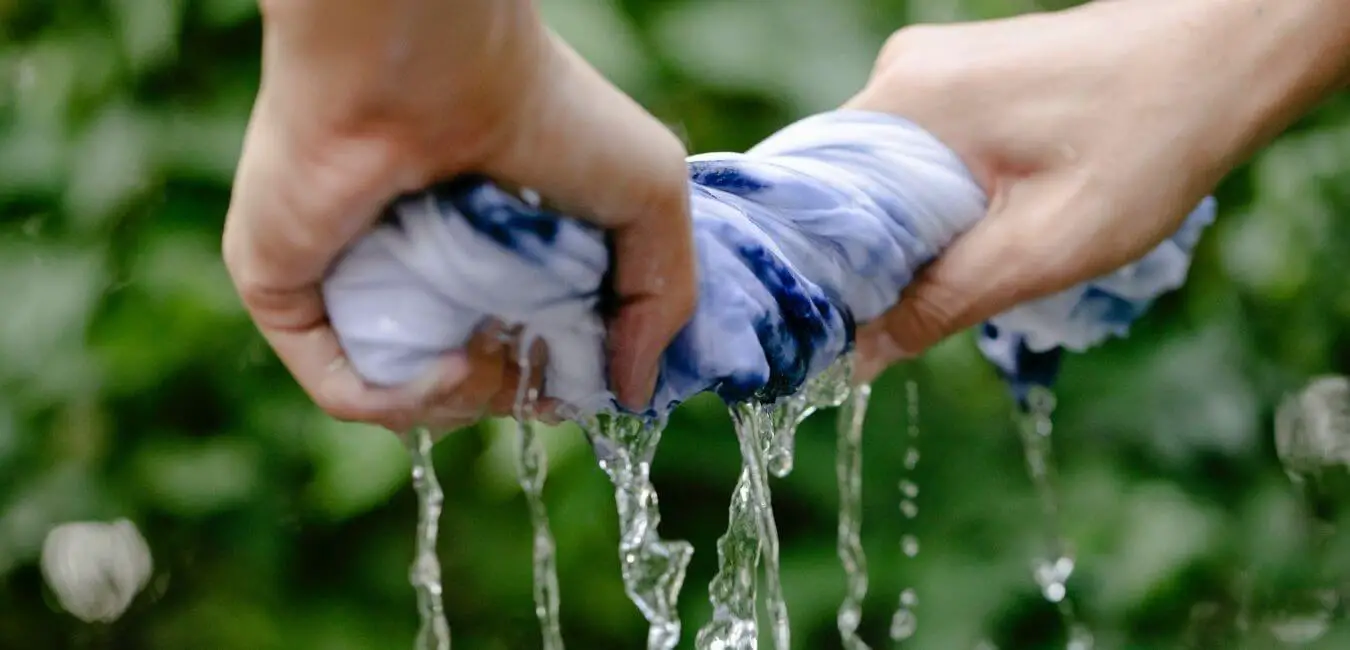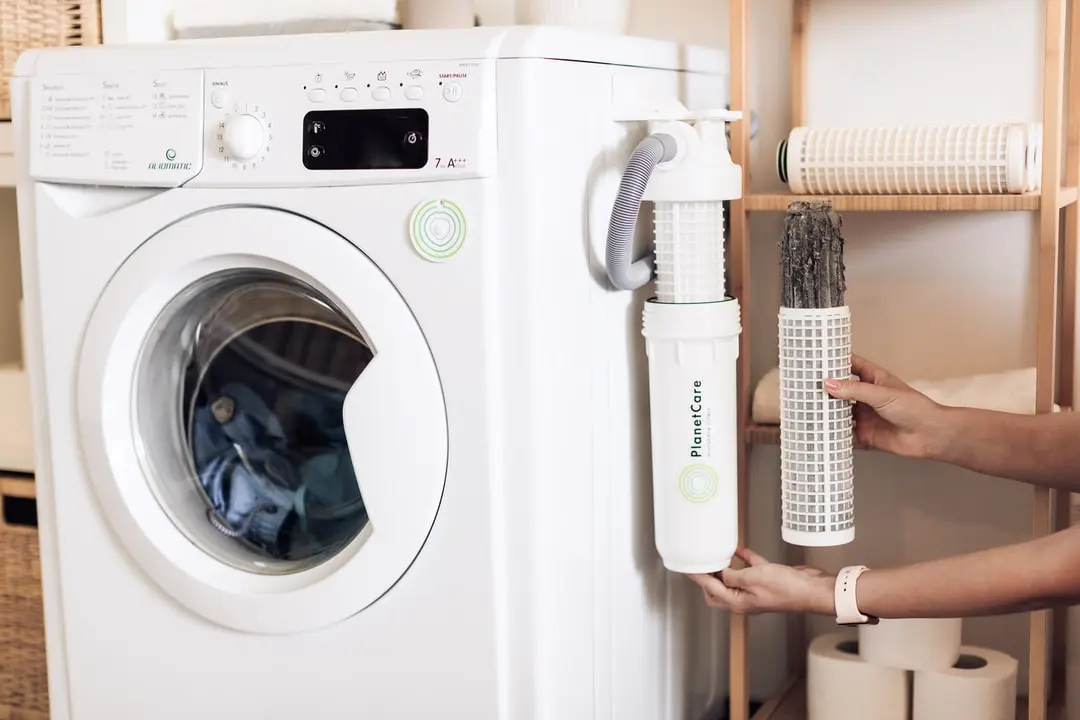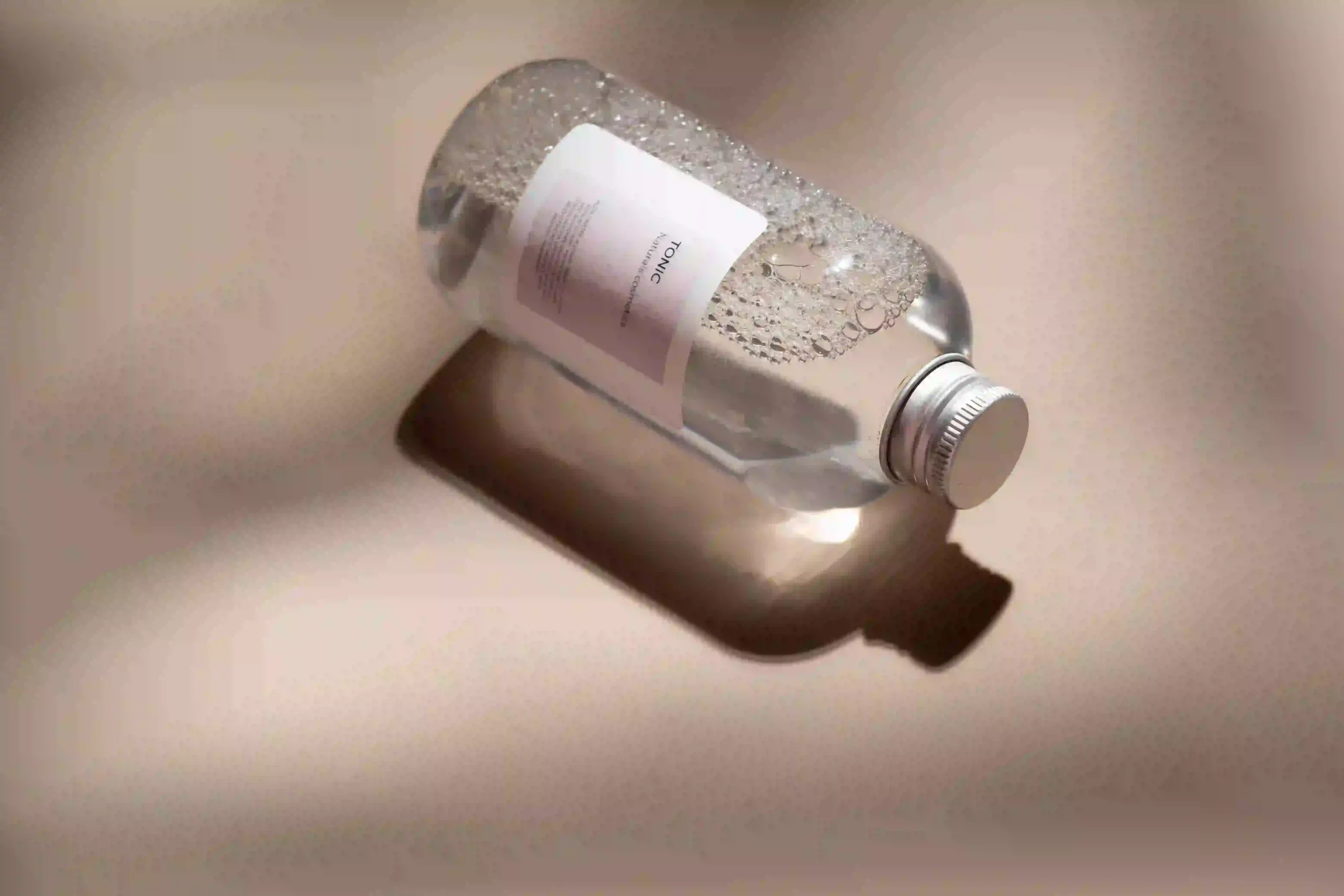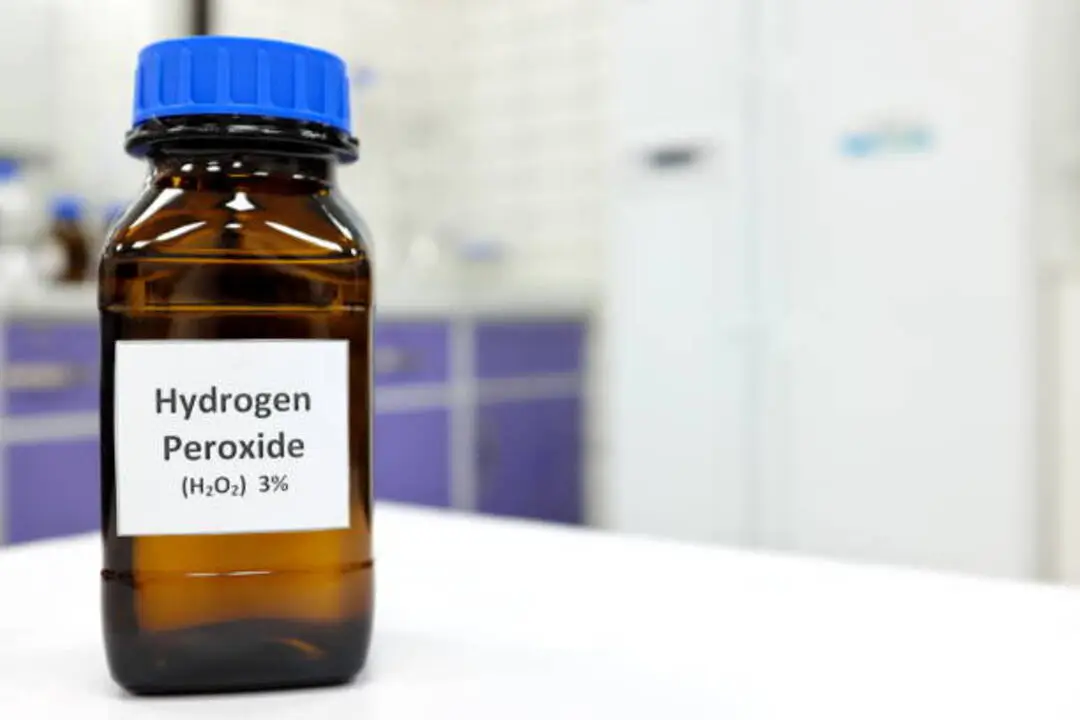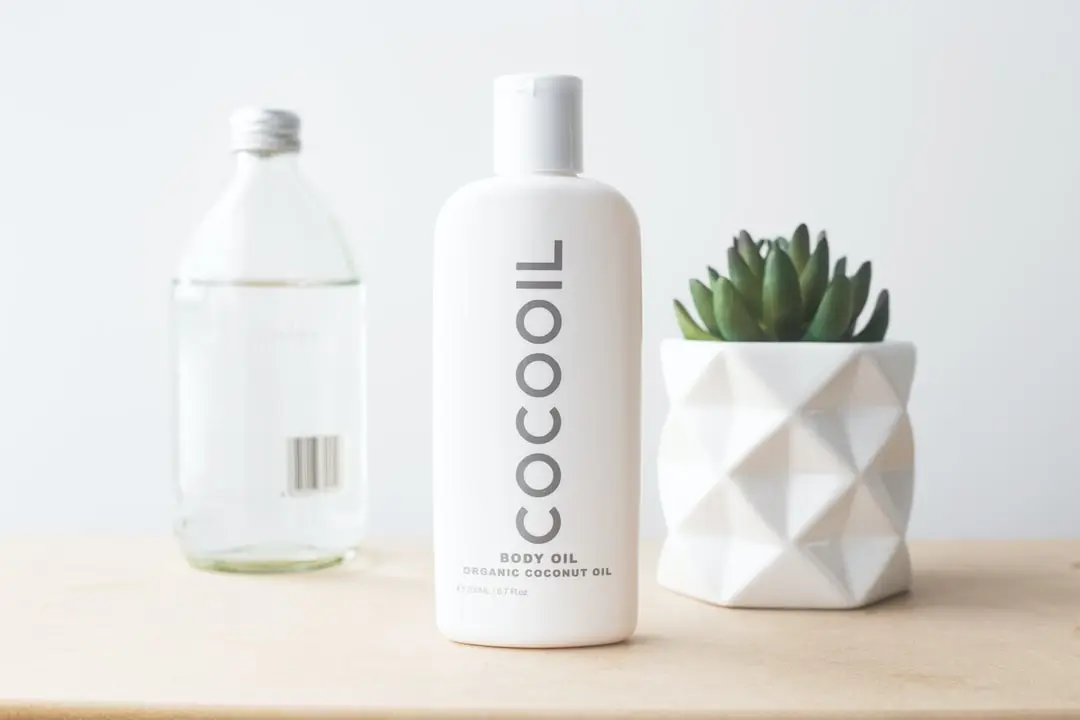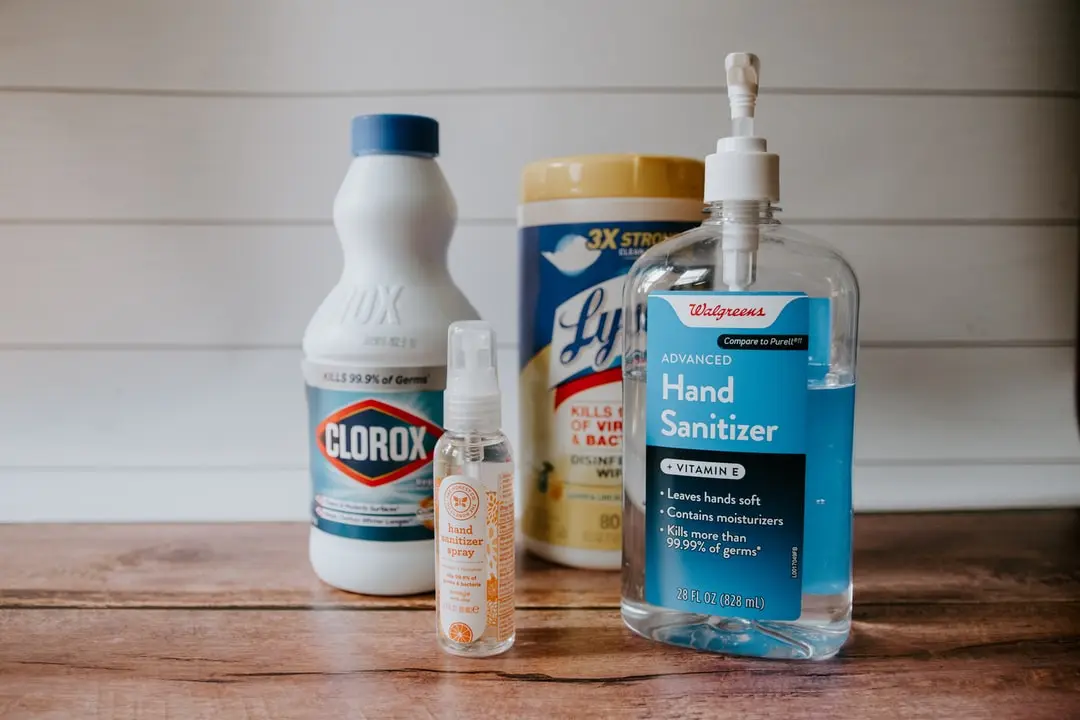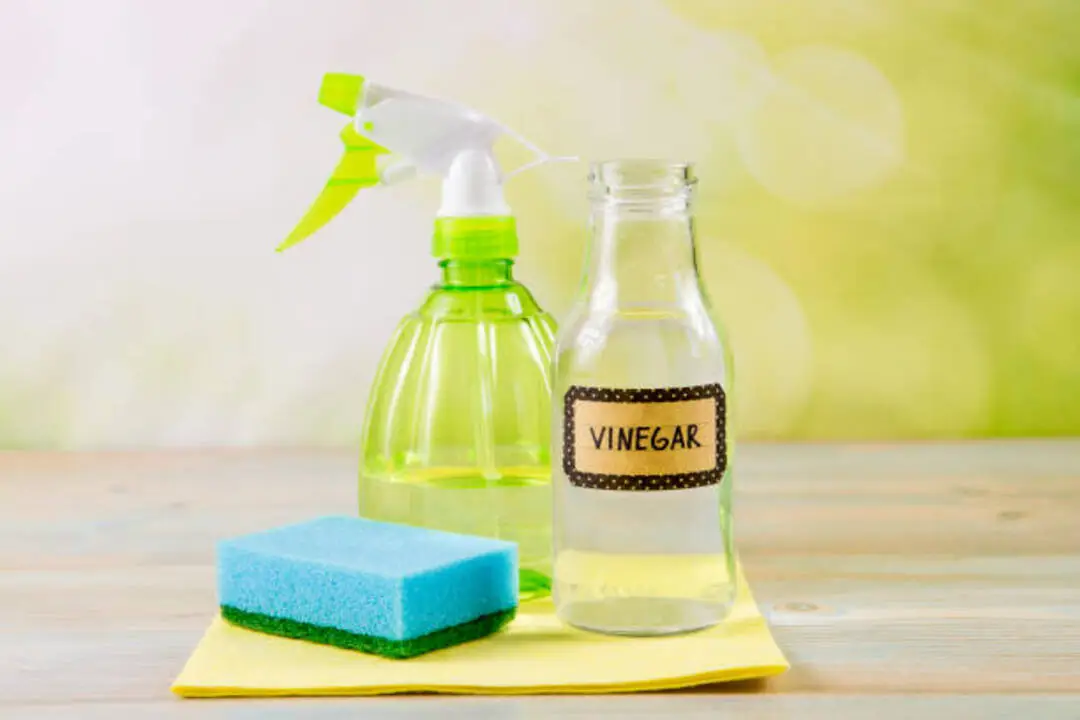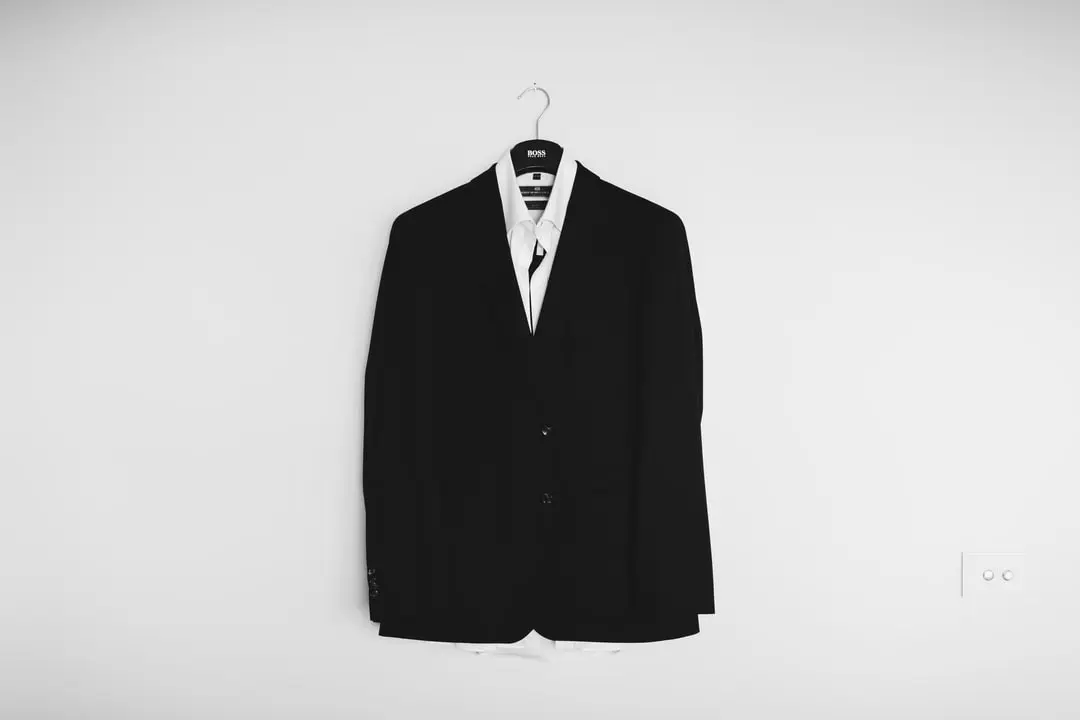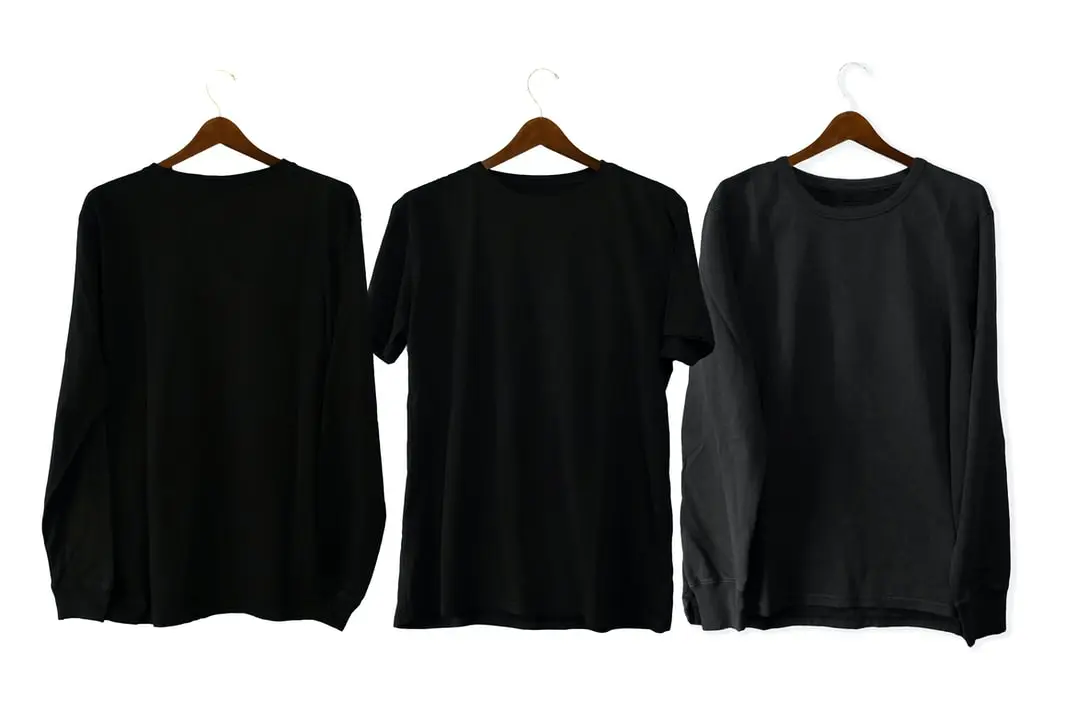Do you dread doing laundry because of the tedious task of separating whites and colors? You’re not alone. But have you ever wondered why we separate them in the first place? Is it just an old wives’ tale, or is there actually a reason behind it?
In this article, we’ll explore nine reasons why it’s essential to separate your whites and colors when doing laundry.
Firstly, separating your laundry prevents color bleeding. When different colors are mixed together during the wash cycle, they can bleed onto each other and ruin your clothes. This can be particularly frustrating if you have a favorite shirt or dress that gets ruined due to color transfer from another garment.
Additionally, washing dark clothes with light ones could cause fading of the lighter garments. Not only will this make your clothes look dull, but it also means you’ll have to replace them sooner than necessary. So if you want vibrant clothes that last longer, keep those whites and colors separated.
Check out more of that in the following table:
Pros of Separating White Clothes from Colored Clothes
- Prevents colors from transferring between garments.
- Keeps whites looking brighter for longer.
- Reduces the need for bleach and harsh detergents.
- Maintains the original color of colored clothing.
- Prevents fading over time.
- Saves time and money on re-washing clothes.
- Helps to protect delicate fabrics.
- Reduces the risk of damage to fabrics.
- Avoids discoloration and pilling on fabrics.
Cons of Not Separating White Clothes from Colored Clothes
- Colors may bleed onto whites.
- White clothing may become discolored.
- Whites may become dull and grayish.
- Stains may be difficult to remove.
- Colors may fade due to harsh detergents.
- Colors may transfer to other clothes.
- White clothing may have permanent staining.
- Colored clothing may have permanent staining.
- Delicate fabrics may be damaged by harsh detergents.
Read further below for detailed information on why you should separate your white clothes from colored clothes when doing laundry.
Reasons to Separate Your White and Color Clothes when Doing Laundry

The following are some of the reasons to wash your white and colored clothes separately:
1. Preventing Color Bleeding
Did you know that color bleeding is one of the most common issues when washing clothes? According to colorfastness testing, certain fabrics are more prone to bleeding compared to others.
This means that if you don’t separate whites and colors, your white clothes could end up with a pink hue or your favorite red shirt could turn everything in the wash pink.
To prevent this from happening, it’s important to use dye-trapping sheets when doing laundry. These sheets are designed to trap loose dyes, so they don’t transfer onto other fabrics. By using them regularly, you can ensure that your clothes stay vibrant and free from unwanted colors.
Not only does separating whites and colors prevent color bleeding, but it also helps avoid fading of lighter garments. In the next section, we’ll explore more reasons why separating your laundry is essential for keeping your clothes looking new and fresh.
2. Avoiding Fading Of Lighter Garments
Laundry segregation is a necessary step in preserving the vibrancy of your clothes. Lighter garments are particularly susceptible to fading and discoloring when mixed with darker clothing. To avoid this, separate whites from colors before washing.
One solution to prevent fading is to use dye-locking solutions. These products help to lock in the color of your clothes, preventing them from bleeding onto lighter garments during the wash cycle. They are easy to use and can be found at most grocery and retail stores.
By taking the precautionary step of separating your laundry and using dye-locking solutions, you can ensure that your clothes remain vibrant and bright for longer periods of time. This not only saves you money in the long run but also allows you the freedom to mix and match your wardrobe without fear of damaging your favorite pieces.
Next, we will discuss additional steps for maintaining vibrant colors in your laundry routine.
3. Maintaining Vibrant Colors
Who needs vibrant colors anyway? I mean, it’s not like they bring any joy to our lives or make us feel good about ourselves, right?
Wrong! Colors are an essential part of our daily lives, and maintaining their vibrancy is crucial for a variety of reasons. Here are some reasons why you should separate your whites and colors when doing laundry.
Firstly, washing whites with colored garments can lead to discoloration. The dyes in the colored clothes can bleed onto the lighter garments, resulting in unsightly stains that are difficult to remove. To avoid this, it’s important to use color-safe detergents that protect both the color and fabric of your clothes. Additionally, using color catcher sheets can help trap loose dyes during the wash cycle.
Secondly, separating whites from colors helps maintain the brightness of your white garments. Whites tend to lose their brightness over time due to exposure to other colors and general wear and tear. By washing them separately from colored clothes, you can help preserve their whiteness for longer periods.
Incorporating these simple steps into your laundry routine can go a long way in preserving the vibrancy and longevity of your clothes. Next up, we’ll discuss how to keep those whites looking bright and fresh even after multiple washes.
4. Preserving Whites’ Brightness
Keeping whites bright is a priority for many laundry enthusiasts, and separating white clothes from colored ones is one way to make this happen. However, simply separating them isn’t enough.
Using bleach is an effective way to maintain the brightness of white clothes, but it can also damage the fabric over time.
If you want to preserve the brightness of your whites without damaging them, there are alternatives to bleach that you can use. For example, adding distilled white vinegar or baking soda to your wash cycle can help whiten your clothes naturally. These options are gentler on fabrics than bleach while still getting the job done.
By taking steps to preserve your whites’ brightness, you’ll be able to enjoy their pristine look for longer periods. Using bleach may be an option in some cases, but it’s important to consider alternative methods that won’t harm the fabric.
Next up, we’ll discuss reducing stains and discoloration in colored clothes without compromising their vibrancy.
5. Reducing Stains And Discoloration
I think it’s important to use the right detergent when doing laundry – it can make a big difference in terms of reducing stains and discoloration.
Pre-treating stains can also be beneficial – soaking the clothing for a bit before washing can help to remove any dirt or stubborn stains.
Temperature control is also a factor to consider – washing items in cold water instead of hot can help in preserving their color.
Plus, separating whites from colors helps too – you don’t want to accidentally dye your whites pink.
All in all, these tips can really go a long way in helping to keep your clothes looking their best.
6. Keeping Clothes Looking New
Do you ever feel like no matter how carefully you wash your clothes, they still end up looking faded and worn out? One way to keep your clothes looking fresh and new is by properly sorting your laundry.
Not only does this help prevent dye transfer, but it also ensures that your clothes maintain their color and shape over time.
Laundry sorting may seem like a tedious task, but the benefits are worth it. By separating whites and colors, you can prevent colors from bleeding onto lighter fabrics, which can ruin an entire load of laundry. Additionally, sorting by fabric type can help protect delicate items from damage during the wash cycle.
Another way to ensure that your clothes look new for longer is by testing for colorfastness before washing. This involves rubbing a small amount of water on a hidden area of the garment to see if any dye rubs off. If it does, you’ll want to wash the item separately until the dye no longer bleeds.
To summarize:
- Sorting your laundry helps prevent dye transfer and maintains color and shape.
- Separating whites and colors prevents bleeding onto lighter fabrics.
- Testing for colorfastness before washing can prevent further damage.
By taking these steps, you can keep your clothes looking fresh and new for longer. In the subsequent section, we’ll discuss how to prevent dye transfer in more detail.
7. Preventing Dye Transfer
Separating your whites and colors laundry is a must if you want to prevent dye transfer.
It’s important to always wash your colored clothing in cold water – hot water can cause the dye to bleed.
Color catchers are also a great way to help prevent dye transfer, as they absorb and trap excess dyes in the wash water.
They’re really easy to use, too – just add them in with your laundry like you would with detergent.
In general, these three steps are key for preventing dye transfer.
So make sure you always separate your whites and colors, use cold water when washing colored clothes, and add color catchers to the wash load.
8. Saving Time And Money On Re-Washing
Laundry organization can be a tedious task, but it doesn’t have to be. One of the best sorting hacks is to separate whites and colors. Not only does this prevent color bleeding and fading, but it can also save you time and money on re-washing.
When you mix your whites and colors together, you run the risk of ruining your clothes. Whites can become dingy and colors can bleed onto each other, resulting in a stained mess. This means that you’ll have to re-wash everything, which wastes time and money on extra cycles.
By separating your laundry into two piles, you’ll save yourself the hassle of having to re-wash everything. This simple step will not only help prolong the life of your clothes but will also save you time and money in the long run. Laundry may not be the most exciting chore, but organizing it properly can make all the difference in improving overall laundry quality.
9. Improving Overall Laundry Quality
Sorting fabrics is an important part of improving the overall quality of laundry.
Separating whites and colors helps to avoid any accidental color transfer from one fabric to another. Furthermore, it can help to avoid shrinkage of certain fabrics, like cotton or delicate items.
Additionally, separating whites and colors can help brighten whites, as certain dyes can cause fading over time.
It’s important to remember that it’s not just about separating colors and whites, but also about considering the type of fabric and following the care instructions for each individual item.
Ultimately, sorting fabrics and separating whites and colors can help to improve the overall quality of laundry.
Following Clothing Care Labels and Laundry sorting
Now that we’ve discussed improving overall laundry quality, let’s move on to the importance of following clothing care labels and proper sorting. Laundry care labels provide valuable information about how to handle certain fabrics and garments. They include instructions for washing, drying, ironing, and dry cleaning. It’s important to follow these instructions to ensure that your clothes last longer and look their best.
Proper sorting is also crucial in preventing damage to your clothes. Separating whites and colors is just the beginning. You should also sort by fabric type and weight. For example, lightweight materials like silk and lace should be washed separately from heavier fabrics like denim or towels. Additionally, you should check for any special care instructions on the garment tags such as ‘hand wash only’ or ‘dry clean.’
By following laundry care labels and properly sorting your clothes, you can avoid common laundry mishaps such as shrinking, fading, or color bleeding. Not only will your clothes last longer and stay looking new, but you’ll also save money by not having to replace them as often.
So take a few extra minutes to read the labels and sort your laundry – it will be worth it in the long run!
And speaking of preventing damage to delicate fabrics…
Preventing Damage To Delicate Fabrics by sorting
Delicate fabrics require special care to maintain their quality and extend their lifespan. When washing clothes, it’s important to separate delicate fabrics from heavier materials like denim or towels. This prevents them from getting tangled or snagged, which can cause tears or holes.
Furthermore, it’s crucial to wash delicate fabrics with similar colors to avoid bleeding. Sometimes even a small amount of color transfer can ruin an entire item of clothing. It’s important to check the label for colorfastness and follow washing instructions carefully.
By taking the time to separate your laundry properly, you can ensure that your delicate fabrics remain in good condition and last longer. This not only saves you money in the long run but also minimizes waste by reducing the need for replacements.
Conclusion
In conclusion, separating whites and colors laundry may seem like an extra step in an already tedious chore, but it can make a world of difference in the longevity and appearance of your clothes.
By taking the time to separate your laundry, you can:
- prevent color bleeding
- avoid fading of lighter garments
- maintain vibrant colors
- preserve whites’ brightness
- reduce stains and discoloration
- prevent damage to delicate fabrics
- ensure proper water temperature
- promote hygienic laundry practices
- make laundry day less stressful.
So why not try separating your laundry and see the difference for yourself?
Not only will it save you money in the long run by prolonging the life of your clothes, but it will also give you a sense of satisfaction knowing that you’re taking care of your belongings properly.
Plus, who doesn’t love wearing freshly laundered clothes that look as good as new?


